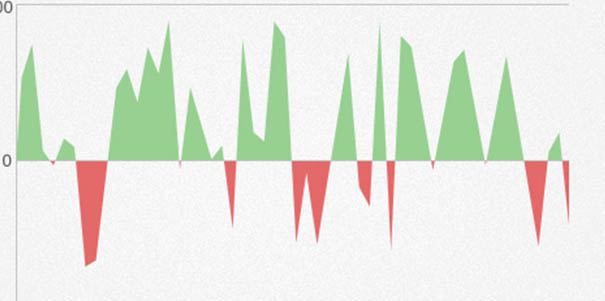So you’ve identified your target audience and you’re thinking about a programme of marketing activity. What next? writes Rebecca Quayle, Consultant at Aberfield Communications.
What’s surprising is that even in today’s digital age, with a mass of consumer data at our fingertips, all too often we see marketing teams and agencies skipping the crucial stage of identifying their audience, or, more often than not, making extremely broad and sweeping assumptions about them.
 Rebecca Quayle (photograph www.imagenorth.net)
Rebecca Quayle (photograph www.imagenorth.net)
Assumptions are often made based on an audience’s age range or demographic and the social media channels and media associated with them. But while this is a good place to start, marketing teams should be going beyond this to understand their audience’s lifestyles, personality traits, consumer habits, the things that make them smile and their life struggles.
It’s the difference between delivering a campaign which secures coverage, engagements or interactions and a campaign that goes beyond that and impacts a person’s feelings and behaviour towards a business or brand.
Of course, investing in a research company provides valuable qualitative research. However, that’s not to say that audience insight has to be a one-off project. Today the majority of audiences are online, leaving a trail of information on search engines and social media sites – insights into their worlds that brands should be observing.
There are an array of online and social media tools freely available for the smallest of teams to use, meaning there’s really no excuse not to dig deeper.
So here’s a selection of our favourite audience insight tools, some you’ll be familiar with and others we highly recommend checking out if you’ve not experimented with already.
Google Analytics – An obvious one and probably the most widely used analytics service, GA tracks and reports the traffic to your site, the performance of specific webpages and, most importantly for audience insight, where visitors come from, their time on the site and geographic location.
YouGov Profiles – An audience segmentation and media planning tool, Profiles taps into YouGov’s database to deliver a snapshot of the typical audience for a ‘brand, person or thing’. The results show an interesting breakdown of the typical audience, the brands they like, the media they consume and their online habits. Profiles Lite is free and a good place to start, with the option to upgrade to the full platform.
Facebook Audience Insights – Different to Page Insights, Audience Insights reports demographics by age, gender, lifestyle, relationship status and job role as well as page likes, location, Facebook usage and purchase activity. Data can be viewed via Facebook’s general audience, people connected to your business page or people in customer audiences.
Twitter Audience Insights – Twitter for Business also offers an Audience Insights report on the Analytics tab. Insights are presented in a neat dashboard with a real-time view of the people most relevant to you, from followers to users that have engaged with your content.
Tweetdeck – Allows you to build custom Twitter timelines, to track and monitor users, lists, searches, mentions and more, all in one easy-to-view interface. It’s a favourite for monitoring multiple social channels but also a handy way of observing topics, users and competitors on Twitter.
Social Mention – Similar to Tweetdeck, Social Mention pulls all mentions of a company, product or topic across multiple social media sites, into one real-time stream – with the added benefit of a handy dashboard showing overall sentiment, top keywords, top users, reach and sources.
Klout – A good tool for identifying, exploring and categorising influencers, Klout allows you to search for online influencers based in a topic. It measures influence, with a score out of 100 based on Twitter engagement.
Followerwonk – A Twitter-focused search based on followers, with their location, when they Tweet and connected influencers. It’s a paid-for tool but features a free trial with Twitter, which is worth checking out.
Buzzsumo – Focuses on analysing content and exploring how different content performs across social media platforms. It features the option to search by date, content type and export data. A simple search is available on the free tool, but a paid membership is required for more in-depth information such as back-links.
ONS – Whilst social media audience insights are extremely valuable, that’s not to ignore national statistics and demographic insights. The Office of National Statistics website is a great place to find reliable statistics about an audience by employment, population, community, business and trade.
Rebecca Quayle, is a consultant at Aberfield Communications.









